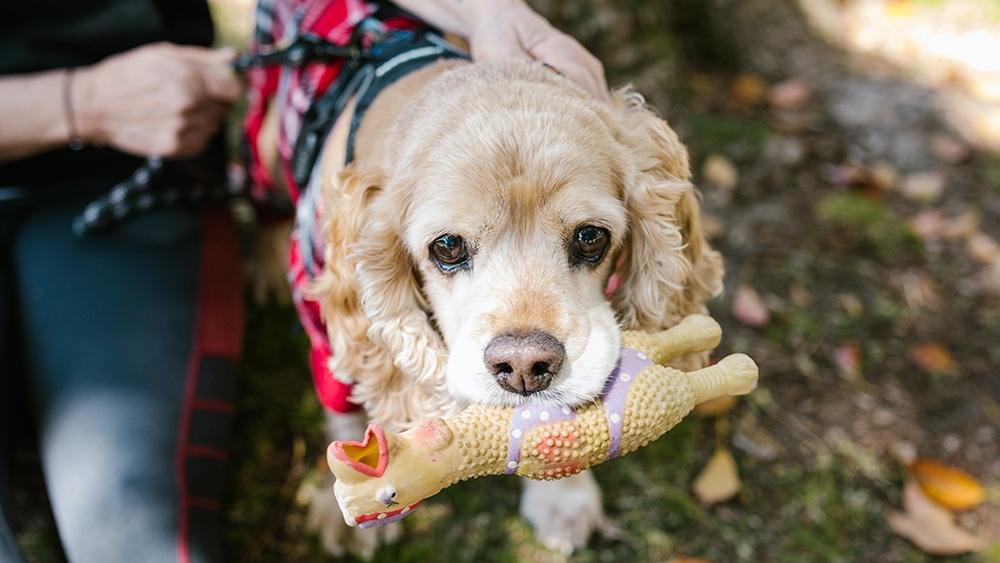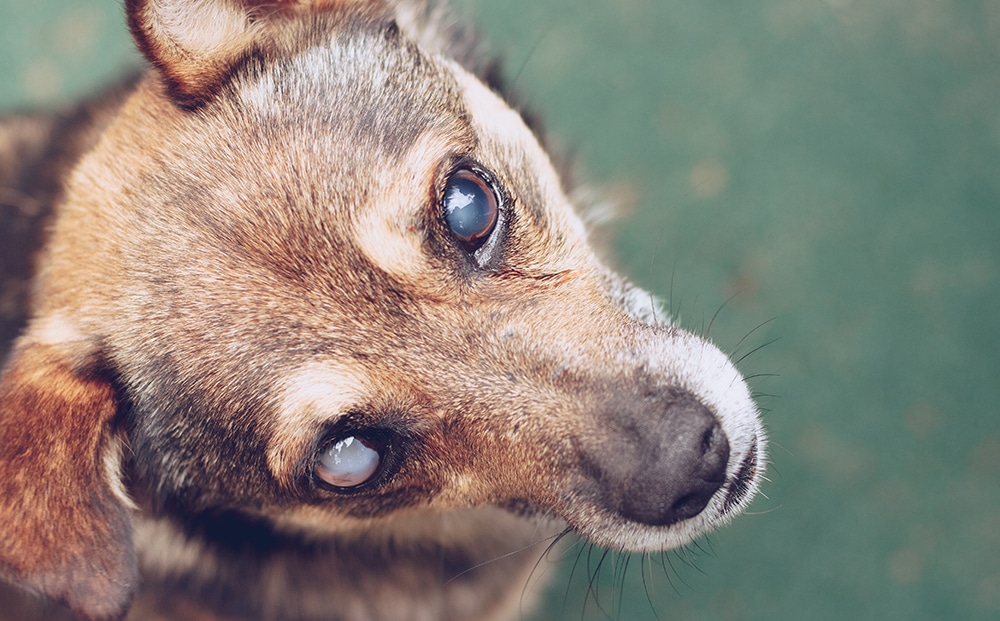Canine blindness is a scary thing for both owner and dog. This major change can make an owner feel helpless in providing a good and safe life for their beloved pet. There is hope though as blindness is not uncommon among the majority of dogs.
This blog lists the general causes of blindness, how to tell if your dog is blind, breeds most susceptible to blindness and how to care for a blind dog.
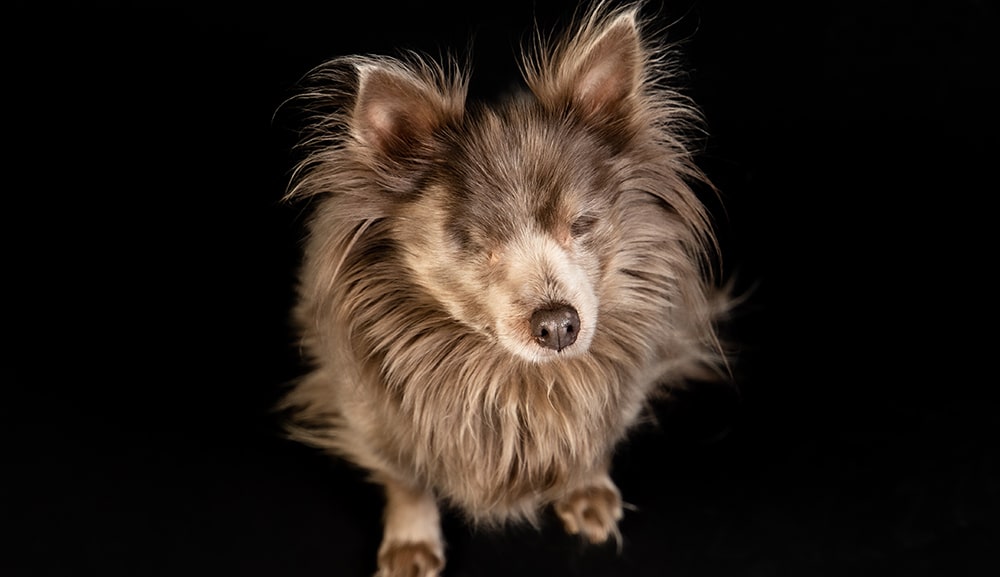
Causes of Blindness
SARDS
This acronym stands for suddenly acquired retinal degeneration syndrome. One theory states that this condition is caused by autoimmune inflammation in the retina of the dog’s eye, however, studies have not confirmed this hypothesis. When a canine develops SARDS they can go completely and permanently blind within four weeks.
Currently, there is no treatment to restore vision. This condition may cause increased thirst, urination, appetite, excessive panting, weight gain, obesity and lethargy. Majority of pets who develop SARDS live happy and long lives.
Diabetes
One of the most common side effects for dogs with diabetes is cataracts. An alarming 75% of diabetic dogs develop cataracts in the first year. This chronic disease disrupts the eye lens’ normal metabolism. Diabetes causes extra fluid in the lens which gets turned into sorbitol or sugar. Too much sorbitol pulls an increased amount of water into the eyes. This causes cataracts to form.
Removing a cataract depends on the health of the dog and the health of the eye. If the cataract is the only thing wrong and the dog’s diabetes is being managed well, then an ophthalmologist is able to do surgery to restore sight.
In years past there was no way to prevent cataracts from forming after a dog was diagnosed with diabetes. Recently, a product called Kinostat has come onto the market. This is a preventative that reduces sorbitol production. The aldose reductase inhibitor must be used on the dog’s eyes before they develop cataracts as it does not reverse any symptoms.
Cataracts
Cloudiness of a clear eye lens is a condition called cataracts. Different health changes can cause this issue. Some examples are genetic inheritance, trauma, chronic uveitis, metabolic disturbances (diabetes), old age and nutritional imbalances. In the majority of cases, cataracts cannot be prevented.
If there are no other problems, a cataract can be removed by phacofragmentation. This procedure is done by an ophthalmologist who uses ultrasound energy to break down the cataract. Even if the cataracts cannot be removed, a dog is still able to live a long and happy life.
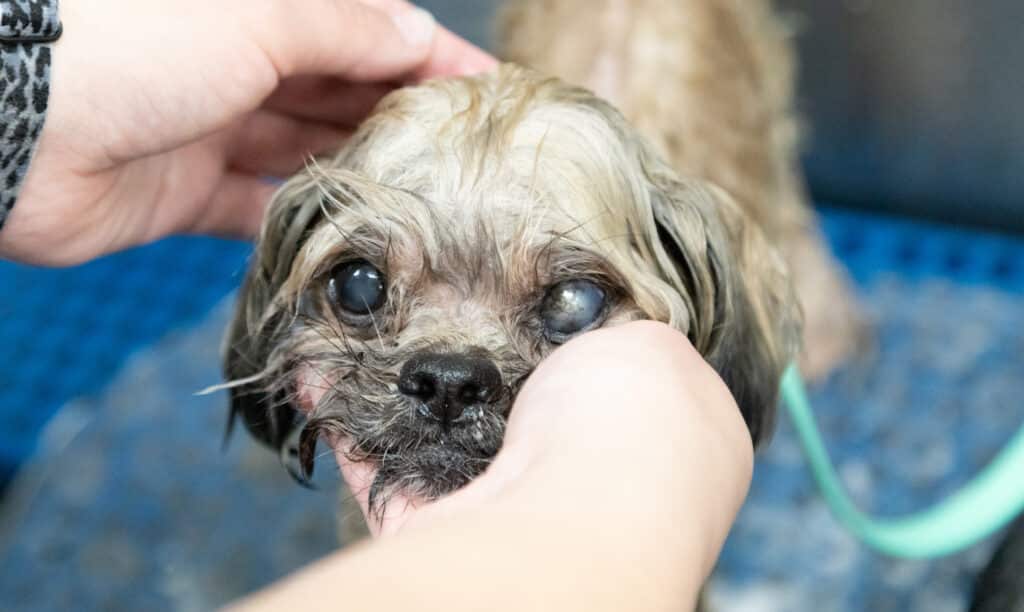
PRA
Progressive retinal atrophy (PRA) is the cells in the eyes deteriorating over time. This disease is hereditary and can affect a dog who carries the defective gene at any age. PRA can be inherited from one or both of the dog parents. The progression to total blindness takes about one to two years but can happen at a faster rate.
There are two forms of this disease. Retinal dysplasia is a form of PRA that happens when the dog is a puppy in their first two to four months of life. Late onset PRA is the more common of the two and can occur between the ages of three to nine years. There is no preventive care or treatment for either forms of this inherited disease.
Glaucoma
When fluid cannot drain the right way from the eye this causes increased pressure inside of the eyeball. Increased IOP or intraocular pressure over a long period of time can damage the optic nerve and lead to blindness. There are two forms of glaucoma: primary and secondary.
Primary glaucoma is caused by genetic predisposition that is common in certain breeds. The disease can show up at any age of the dog, but is most common around three to seven years old. Nothing can prevent primary glaucoma but steps can be taken to slow down the progress. Giving the dog antioxidants like vitamin C, E and beta-carotene can lower the damage glaucoma does to the eye. No tight collars, reducing stress and consistent vet checks all help to relieve pressure in the eyes and catch the disease early.
Secondary glaucoma can be caused by a tumor, injury to the eye, inflammation in the eye or bleeding in the eye. The way to prevent this form is to keep your dog safe and treat all eye infection immediately.
How to Tell if Your Dog is Going Blind
There are signs to tell if a dog is going blind or is blind. If the dog is bumping into things, has a cloudy appearance in their eyes, unable to find items, depressed, increased anxiousness, jumpiness, apprehensive during play, eye redness, acting afraid to move and not wanting to go outside, then set up an appointment with your vet to see how far progressed the dog is in blindness.

Breeds Most Susceptible to Blindness
Dog breeds that have the highest percentage of some form of genetic blindness are bulldogs, Great Danes, springer spaniels, American cocker spaniels, Siberian huskies, Boston Terriers, collies, German Shepherds, labrador retrievers, poodles, Chow Chows, Basset Hounds, Beagles, Chihuahuas, Shih-Tzus, malamutes, Shar-Peis and Golden Retrievers. The percentage of how many dogs in each breed go blind varies greatly. Talk to your vet about the risks and if there are any treatments and preventions.
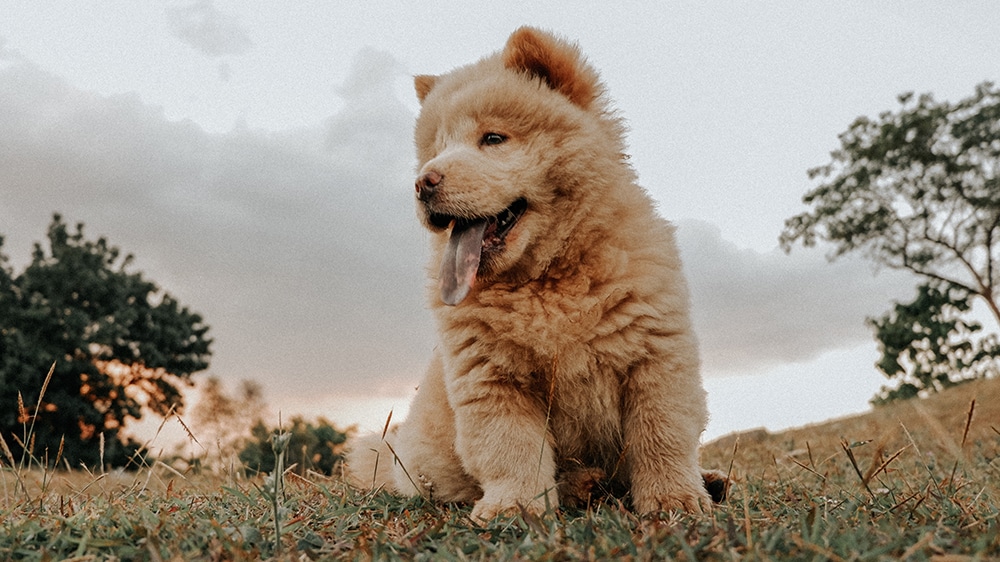
How to Care for a Blind Dog
Even without eyesight a dog can live a very happy and long life. When first adjusting to blindness it is common for a dog to be scared, anxious and depressed. To best help your canine accumate to this new reality is to change certain things.
Keep a consistent daily routine and layout of the house to bring a sense of confidence and familiarity to the dog. Regularly speaking to the dog helps them to be aware of where the owner is in the room and if someone is near them. Teach the dog more verbal commands that help them navigate their world such as “step up”, “stop”, “right”, “left” and “danger”.
Encourage their scent sense by including smells in different activities. When the dog is left alone, leave the tv or radio on to combat feelings of loneliness.

Purchase toys that make a lot of noise or have a distinct smell. Purchase a blind dog bumper or halo to protect their heads if they are constantly bumping into items. Dog-proof the home to prevent any injury by using corner protectors, baby gates and carpet runners on hardwood floors.
No, Don’t Put Your Blind Dog Down
A blind dog can still live a long and happy life as long as the necessary changes get put into place. For many breeds, blindness may be inevitable for the dog. Be aware of the chances and causes for your dog. Consistent check ups at the vet are the best way to catch diseases early in order to provide proper treatment or to give a good heads up on the major change your dog will experience.
